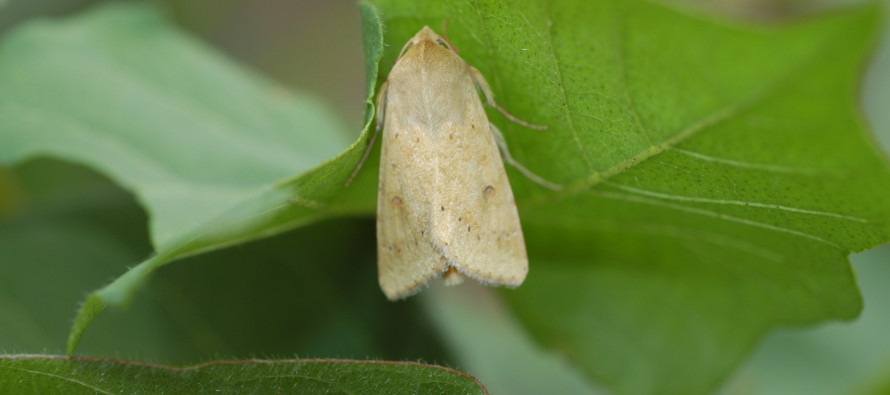Bollworms Showing up in Soybeans

Related Articles
- 2010 Soybean And Corn Variety Trial Data 3
- Mississippi Cotton Insect Situation of 2010: A Look Back 3
- Rice Insecticidal Seed Treatment Recommendations for Mississippi in 2011 0
Latest Tweets
In just the last 3-5 there have been several reports of bollworms now showing up at threshold numbers in soybeans in the Delta region of the state. In many other areas of the Delta folks are reporting flushing extremely high numbers of moths. We are on the very beginning of this flight so the intensity and duration is yet to be determined.
It will be very important to monitor fields closely in the coming weeks for bollworms. Bollworms are preferentially attracted to wide row flowering beans but this is not a given. At this time most calls are coming from flowering beans.
Mississippi’s threshold for bollworms in soybean is 9 larvae 1/2 inch long per 25 sweeps.
What to treat with? You may remember a time where bollworms were very easy to control with a low rate of a pyrethroid insecticide in soybeans. In fact, many of the pyrethroid labels still include extremely low rates for control of bollworm in soybean. Over the last 5 years we have seen the level of control with straight pyrethroids fall off dramatically. Because of the high number of control failures or less than acceptable control, we no longer recommend pyrethroids for control of bollworm in soybean. This does not mean you will get zero control with a pyrethroid but 7 out of 10 pyrethroid sprays targeting a bollworm in the Delta region of the state in recent years result in poor control or outright failures.
Preferred treatments are the new insecticides in the diamide class of chemistry of Intrepid Edge. Diamides include Belt by Bayer (use rates of 2-3 oz.), Prevathon by Dupont (use rates of 14-20 oz.), and Besiege by Syngenta (use rates of 7-9 oz.) or Intrepid Edge by Dow (use rates of 4-6.4 oz.). These materials are very good on caterpillar pests and have long residuals. It will not be uncommon to get 12-14 days residual on bollworm (maybe little longer) and 24-28 days on soybean loopers with the diamide class. With the exception of Besiege (which is a premix that includes the pyrethroid Karate) these materials will have to mixed with another product to control pests other than worms.





Let me tell You a sad story ! There are no comments yet, but You can be first one to comment this article.
Write a comment